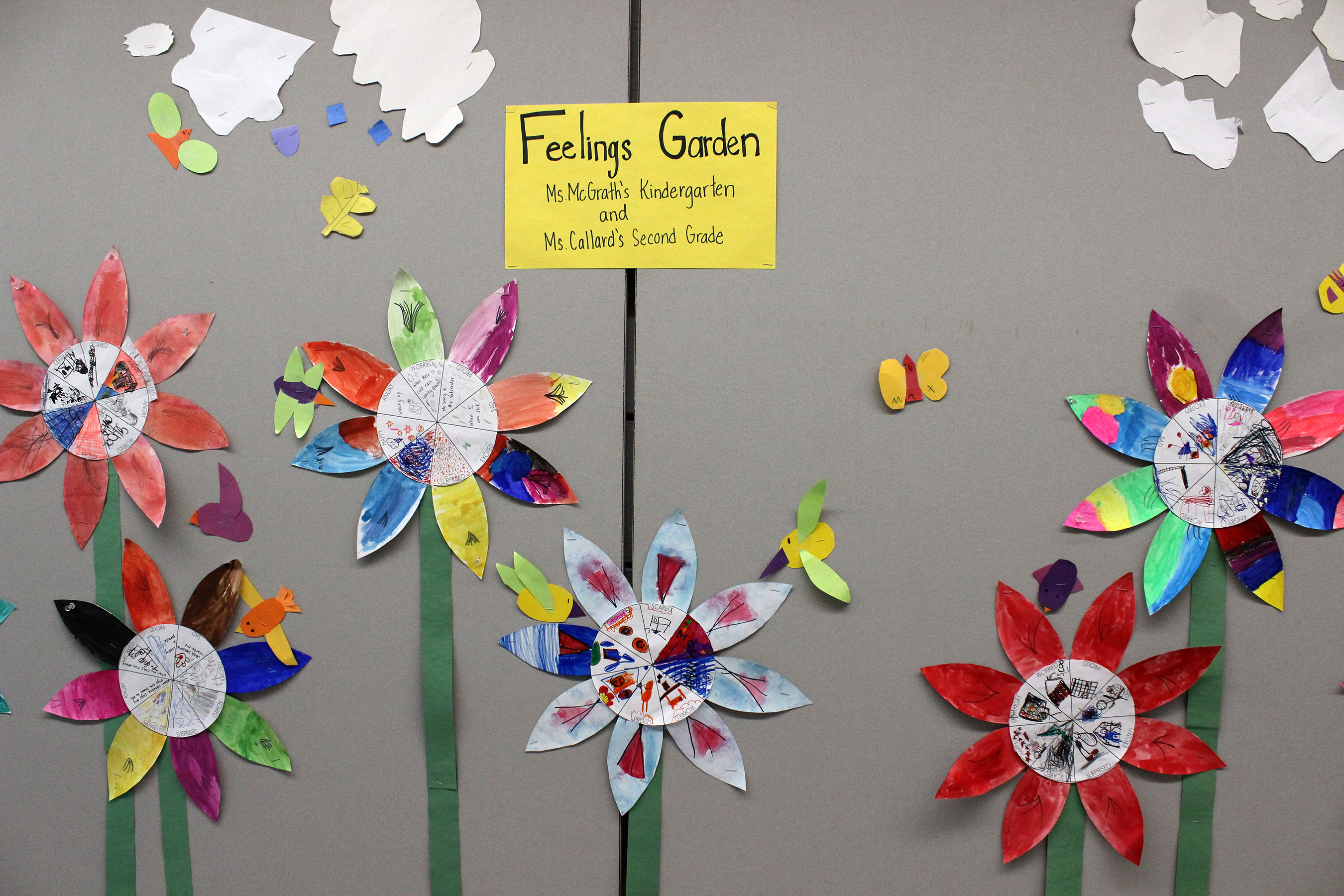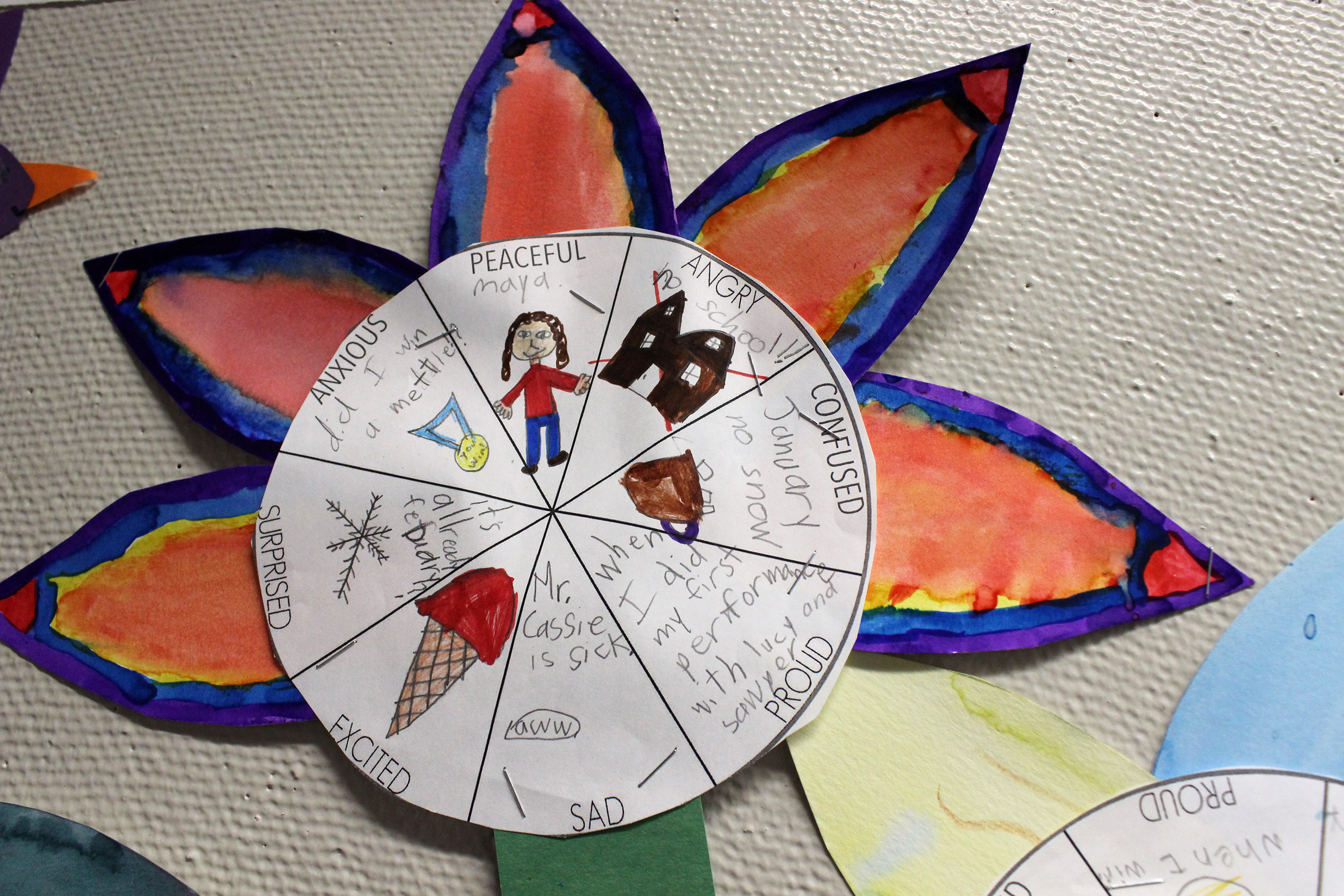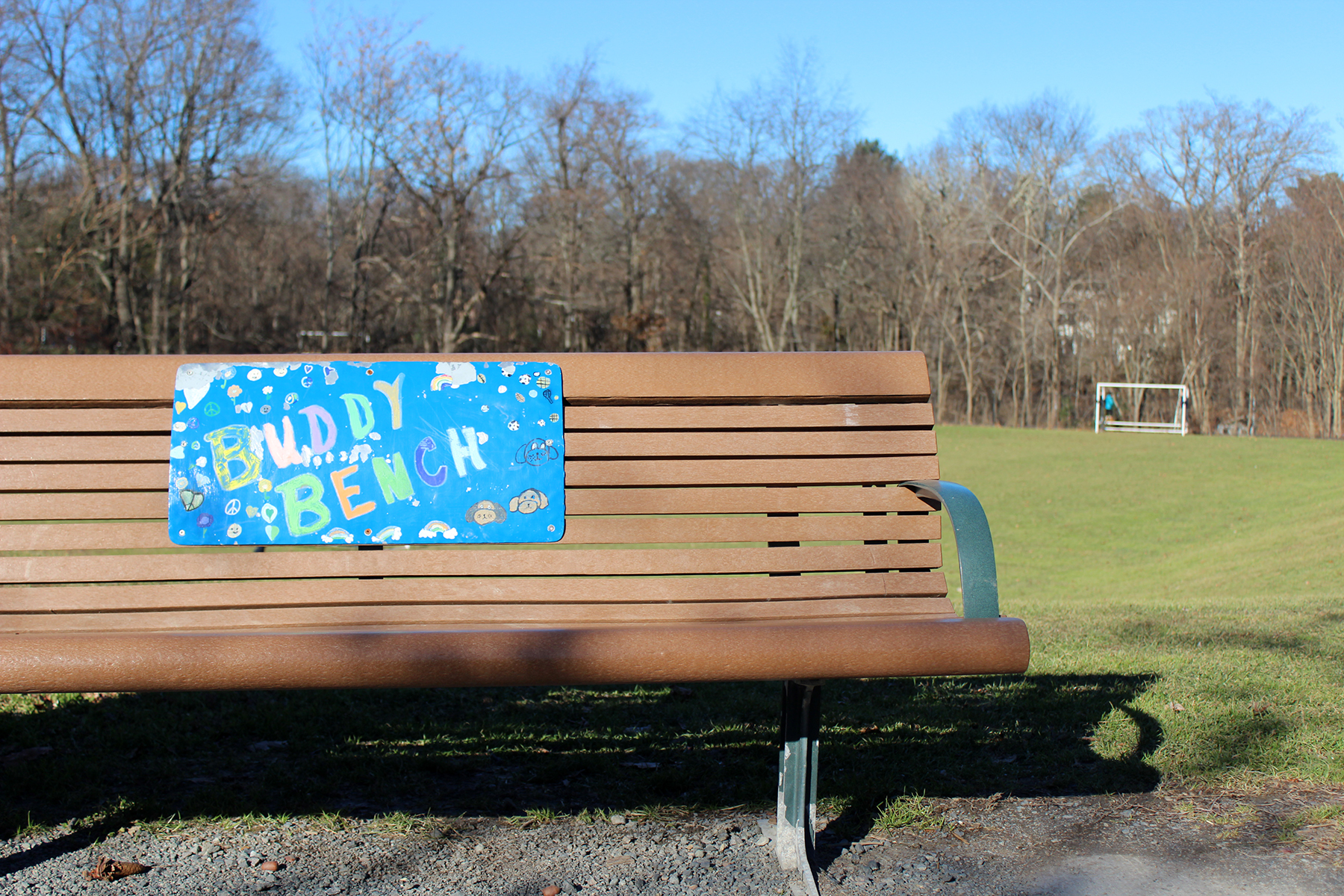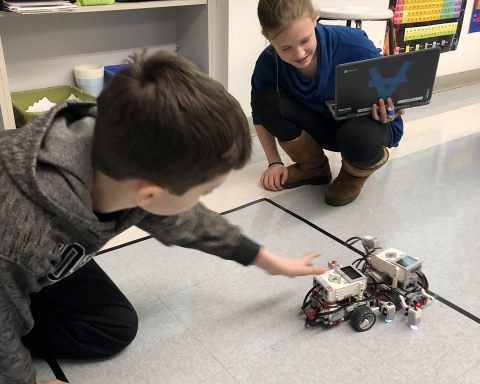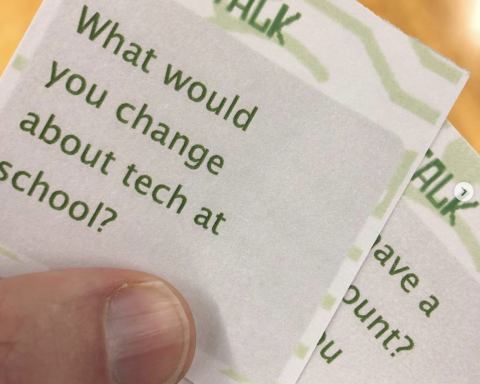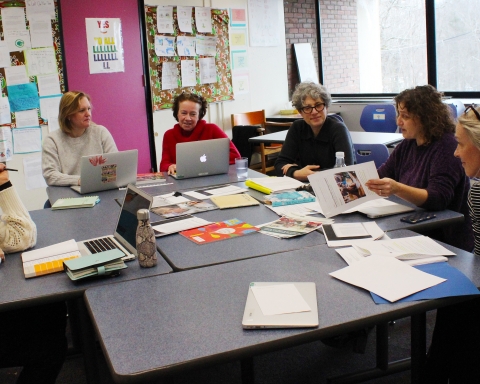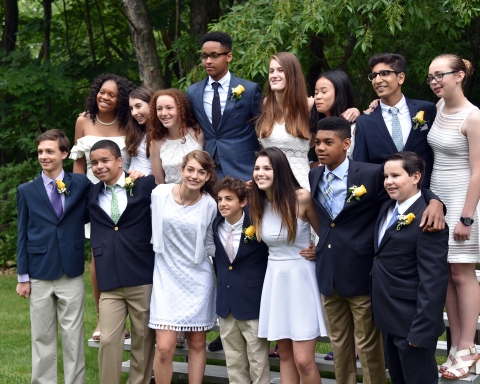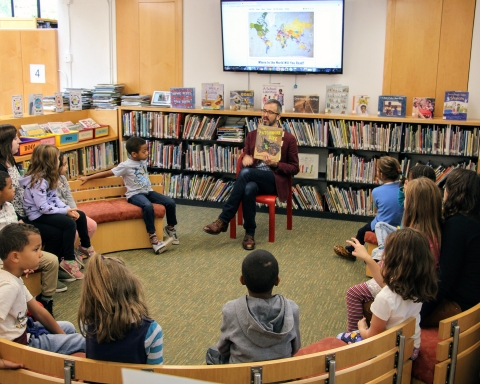Dear Ms. Formisano,
I think I should be on your empathy task force because empathy is important. When you are being empathetic you can take pressure and hurt that other people have and lift if off their back.
I can offer lots of ideas. Here are a few: I think we can add to the Buddy Bench to a list of things that you can do if you are bored or lonely. You can play on the swings, play tag, play soccer, football or basketball, play in the woods. Also, I think that posters with quotes about empathy will be inspiring for people.
I hope to see some change,
–A Grade IV student
Walk Park’s halls and you will see ways children are expressing their feelings, sharing strategies for being kind, and thinking about ways to be inclusive. While Park has always placed an importance on Social-Emotional Learning (SEL), now, more than ever, teachers are dedicating time in and out of the classroom to build awareness about the importance of empathy. Why is empathy education so critical? Research shows that empathy helps build positive classroom culture, strengthens the community, and prepares students to be leaders in their own communities. Every day, Park students are building their awareness of how to express their feelings as well as to understand others’ feelings and, in turn, to be more empathetic.
Our youngest students develop empathy with routines such as birthday books and compliment circles at morning meeting. PreK students celebrate their classmates’ birthdays by making books full of drawings that celebrate their friends. The students express what they like about the birthday child, how he or she is a good friend, and how he or she has shown kindness in the classroom. The PreK teachers encourage students to think about how the birthday child has positively contributed to the classroom community, by asking questions like, “How do you feel when you’re around ____ and why?”, “What kind of a friend is _____ and why?”, and “How has _____ helped you at school?” Asking students “why” and having students elaborate on their thinking builds awareness of how their ideas helped the birthday child feel good. The book is a compilation of compliments that are shared with the entire class upon the completion of the book. It is the perfect opportunity for the receiver of the birthday book to say thank you to his or her classmates.
In one PreK classroom, students take turns sitting in a special chair while they receive compliments from their classmates. Adding this “compliment circle” to morning meeting provides a daily opportunity for students to recognize their classmates and their contributions to the classroom community. First, teachers give examples of true compliments, encouraging students to be specific and not to repeat what others have already said. Coming up with compliments requires noticing others, which helps lay a foundation for empathy. At the beginning of the year most of the compliments are things like “I like your shoes,” or “I like playing with you.” In time, teachers observe how the compliments become more specific: “I like riding on the bus with you,” or “I like when you help me build in the big block area.” The goal is for children to be aware of each individual’s contributions to the group, and also to develop an understanding that everyone has many wonderful qualities that should be celebrated.
Faculty also build empathy through partnerships. Meghan McGrath’s Kindergarteners and Kat Callard’s Grade II class designed a “Feelings Garden” together. The younger students began learning about feelings and emotions in early September and have been developing a vocabulary to explain their wants, needs, delights, and frustrations. Recently, during Partners time, the students discussed how certain people and acts can help “feed” emotions, just like water, sun, soil, and pollinators can help nourish a flower. This naturally led to the partners creating individual “feelings flowers” and eventually an entire garden filled with tiny “helpers.”
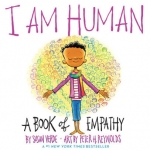 Older students also have opportunities to develop empathy. Following a Middle Division Morning Meeting that focused on the book, I Am Human: A Book on Empathy, we asked students why being empathetic was important individually and for the school community. Several students responded in writing (like the note above) and now make up a co-ed Empathy Task Force of 14 children that meets weekly during lunch to consider how to help Park be a more empathetic place. At their initial meeting, the group identified the Buddy Bench as something that needed to be better utilized at recess. The Task Force collected data from their Middle Division peers and learned that most students in third, fourth, and fifth grades were not using the Buddy Bench for its intended purpose, as a signal for wanting to play. The Task Force is now in the process of creating a video about how to use the Buddy Bench and is considering ways to make it a more appealing place to connect with a buddy.
Older students also have opportunities to develop empathy. Following a Middle Division Morning Meeting that focused on the book, I Am Human: A Book on Empathy, we asked students why being empathetic was important individually and for the school community. Several students responded in writing (like the note above) and now make up a co-ed Empathy Task Force of 14 children that meets weekly during lunch to consider how to help Park be a more empathetic place. At their initial meeting, the group identified the Buddy Bench as something that needed to be better utilized at recess. The Task Force collected data from their Middle Division peers and learned that most students in third, fourth, and fifth grades were not using the Buddy Bench for its intended purpose, as a signal for wanting to play. The Task Force is now in the process of creating a video about how to use the Buddy Bench and is considering ways to make it a more appealing place to connect with a buddy.
Students in Grade V have been considering empathy on a deeply personal level, thanks to the ThinkGive program. This nonprofit’s mission is “to inspire young people to use kindness to engage with their world.” Fifth graders were asked to engage in a hands-on, reflective, and collaborative journey around simple acts of giving. For example, they could give to a family member or a friend, give spontaneously, give to someone in another grade or in the community. One teacher noted that her students “were reluctant at first, not taking the conversations seriously or giving their work much thought. But as they became accustomed to the curriculum — each new challenge asking students to observe, discuss, and reflect — the conversations became richer and their actions braver. While some students went above and beyond with their gifts—one of my students went so far as to petition her building to start composting—most stayed true to ThinkGive’s philosophy of simple acts of kindness. It was heartwarming to watch students look for opportunities to give to others and to hear the buzz in the room as they read about what their peers did.”
This ThinkGive curriculum has helped fifth graders experience empathy on a whole new level. One student reflected:
I thought that giving to people was like giving birthday presents, or other things, like a real gift that you can hold onto. As I ended, I realized that the gifts that you give can be simple gifts, like a smile, and just small things. Like a famous quote said, ‘People don’t remember what you said, they remember what they felt.’
Empathy makes for a better school community. Teachers and students are committed to the work and together are working toward building a more empathetic school one classroom at a time.

